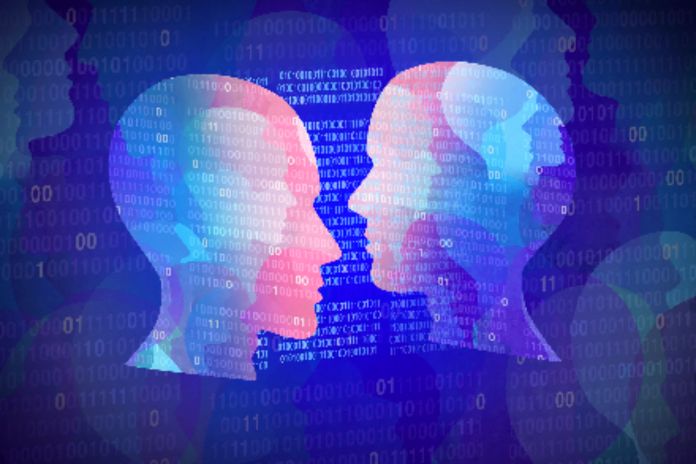First of all: what is deep fake? Deep Fake are videos and other types of media created with the help of advanced artificial intelligence (AI) techniques.
The method can be used for criminal actions, such as spreading revenge porn, disinformation and fake news, and even millionaire scams on companies and ordinary people. Due to new technologies that bring it closer to reality, deep fake is increasingly popular. Therefore, materials that use this resource can frequently impact everyday life in the coming years. Below, we separate five examples of criminal actions that already use, or are likely to start using, deep fake technology. Check out!
Disinformation
The use of deep fake to influence public opinion can have serious consequences because it is always tough to determine, at first glance, whether the material is accurate or not. Thus, technology can end up contributing to the spread of fake news and sharing images that do not portray the truth.
One of the best-known examples is a video by former US President Barack Obama in which he talks about the movie Black Panther and criticizes Donald Trump. Although it looks like an ordinary speech, the footage is fake, and Obama never said the content of the recording. Incidentally, it was created in an exercise designed by filmmaker Jordan Peele to show how dangerous this technology is. In addition to falsifying a speech, the technique can create a fake behind-the-scenes video in which a public official makes a false compromising confession or even discloses articles that spread false news.
Revenge P**n
One of the most obvious uses of deep fake today is the creation of pornographic material, considered a crime. In one case, experts at Sanity, a security consultancy specializing in AI-based crime, detected a Telegram robot that received photos of women and sent images back to the senders showing what they would look like naked. In other situations, similar techniques are used to undress and show minors in sexual acts or even create revenge pornographic videos in which ex-partners expose victims in fake clips.
Social Engineering Attacks
Another worrying scenario surrounding deep fake is used where some material is created to induce the victim to make a decision that may put them at risk. One possible situation would be someone creating a fake video of a co-worker. In an online meeting, showing this footage could be used by the criminal to collect essential company data.
More personal situations can also occur and be just as worrying. A fake video could lead you to think that a family member is in an emergency and needs, for example, your bank details to make a withdrawal or pay a credit card expense.
Creating Virtual People
Another application of the technology is in the creation of false virtual identities. In this scenario, deep fakeness is used to create people who never existed. Then, these profiles and characters are used in actions ranging from creating bots on social networks to scams and fraud.
With more sophisticated applications of deep fake technologies, criminals could create these false identities for fraud, such as opening bank accounts and loans. Another example of criminal activity with this bias is the risk that technology is used to forge the biometrics of a natural person, allowing, for example, criminals to take control of a bank account.
Creating False Evidence
Another example of the worrying application of deep fake is the risk that criminals will use the technology to forge evidence in image, sound and video. Suppose a crime is under investigation, and the police have reason to believe they have identified the culprit. Deep fake material, such as a homemade-looking video, could be enough to give the perpetrator an alibi or at least serve as evidence for the police to continue their investigation. Even a video of an alleged witness can be false, showing that an innocent person committed a crime.
How To Identify A Deep Fake Video?
Experts give tips that help you notice if a video has been manipulated or created from scratch using specific techniques. We have listed some of them below:
- Look for strange eye and face movements, indicating that the video frame transition has been manipulated somehow. Another suggestion is to notice facial expressions that don’t match the emotions or situation of the recording.
- Another critical factor is the hair. AI technologies have difficulty simulating the natural behavior of hair strands, which end up appearing “plastered” in deep fake videos. If you notice that the hairs never change position, look stiff, or are still too straight when they should be curly, there is a good chance that the video is fake.
- It is also possible to identify material of the type by analyzing blurs and misalignment in image features. If the face is not correctly aligned with the neck or the union of these two features appears blurred, the video has a high chance of being fake.
- Experts also recommend watching the video at reduced speed, which usually reveals stretches where merges and changes were made, in addition to using Google search to see if the results do not show similar, original images, which may indicate the origin of the contaminated material.
All these tips are applicable today, but it’s good to keep in mind that the natural tendency of the technique is to evolve and mature, possibly diluting these points. Thus, the deep fake videos of the future must become more and more perfect, to the point where their distinction from the real one will become even more difficult.
Also Read: Difference Between RPA And Artificial Intelligence

